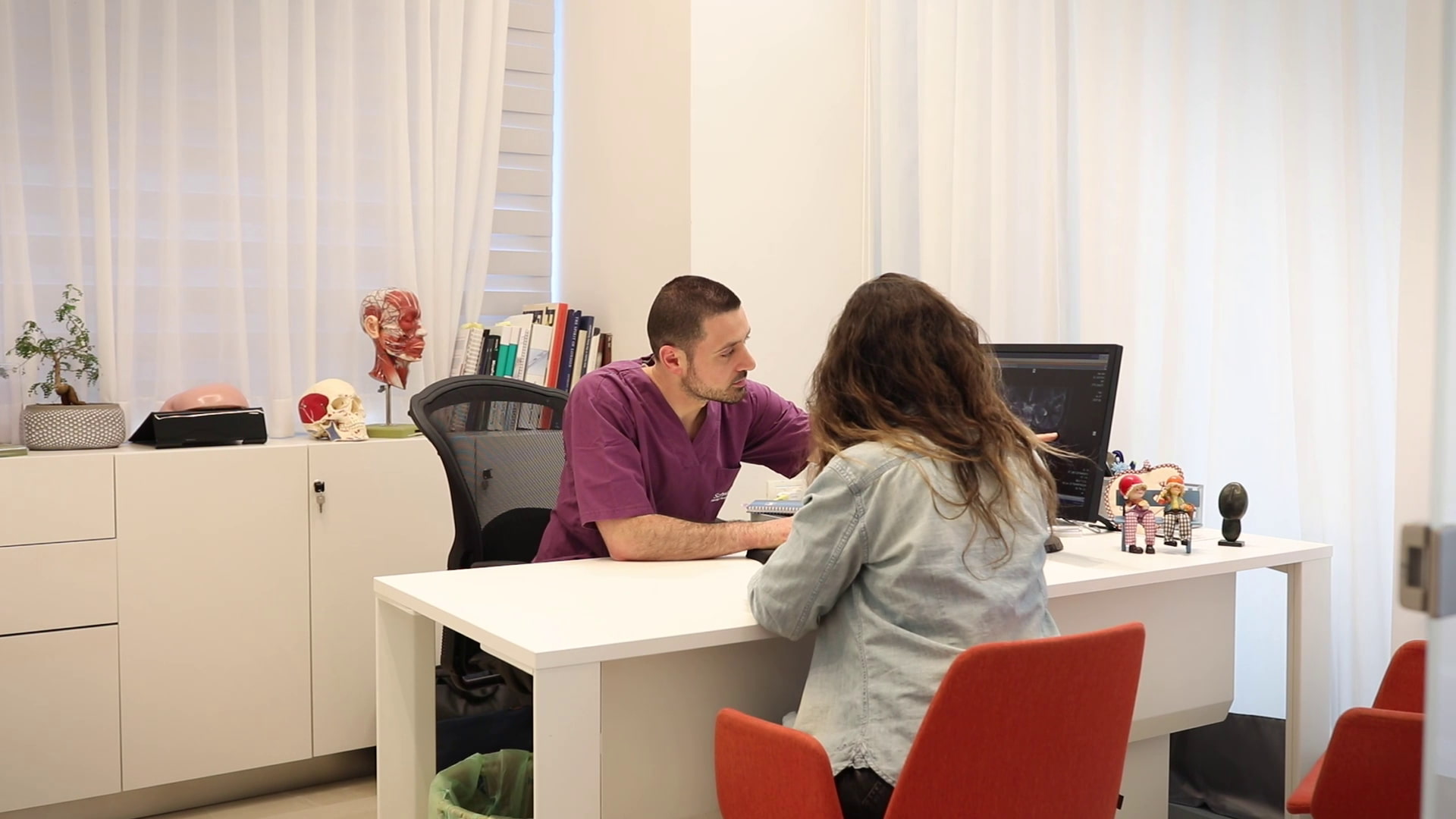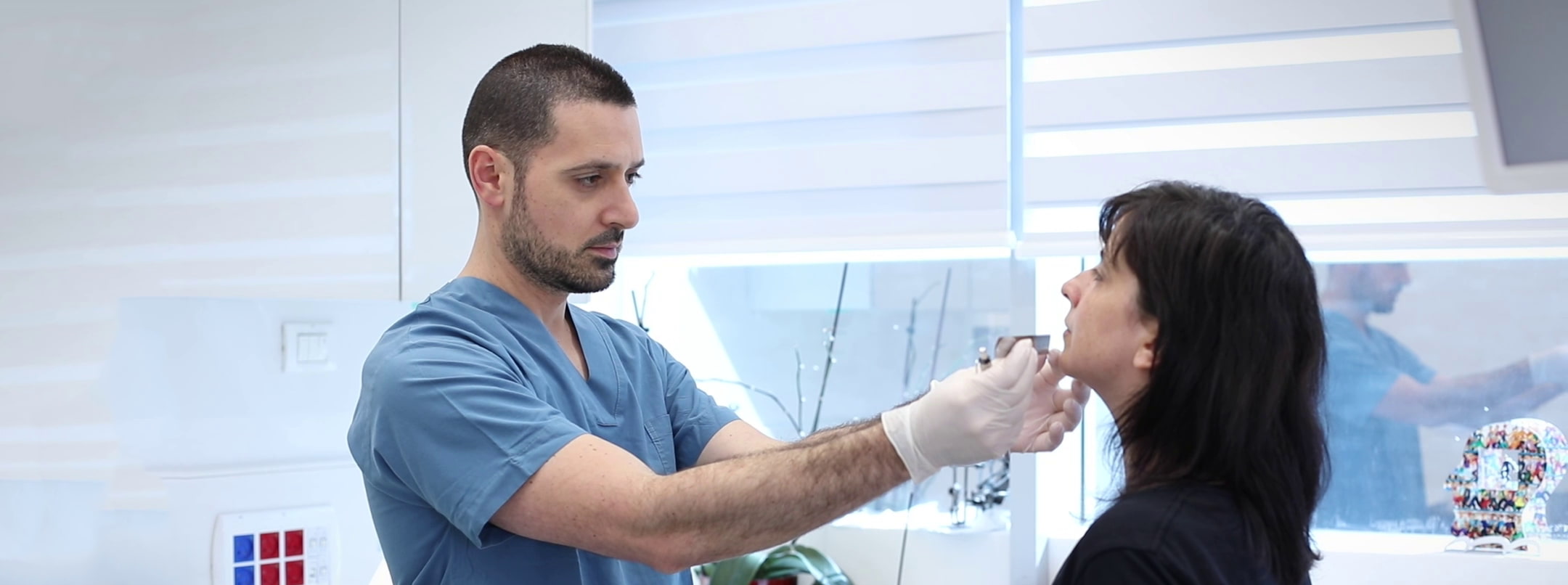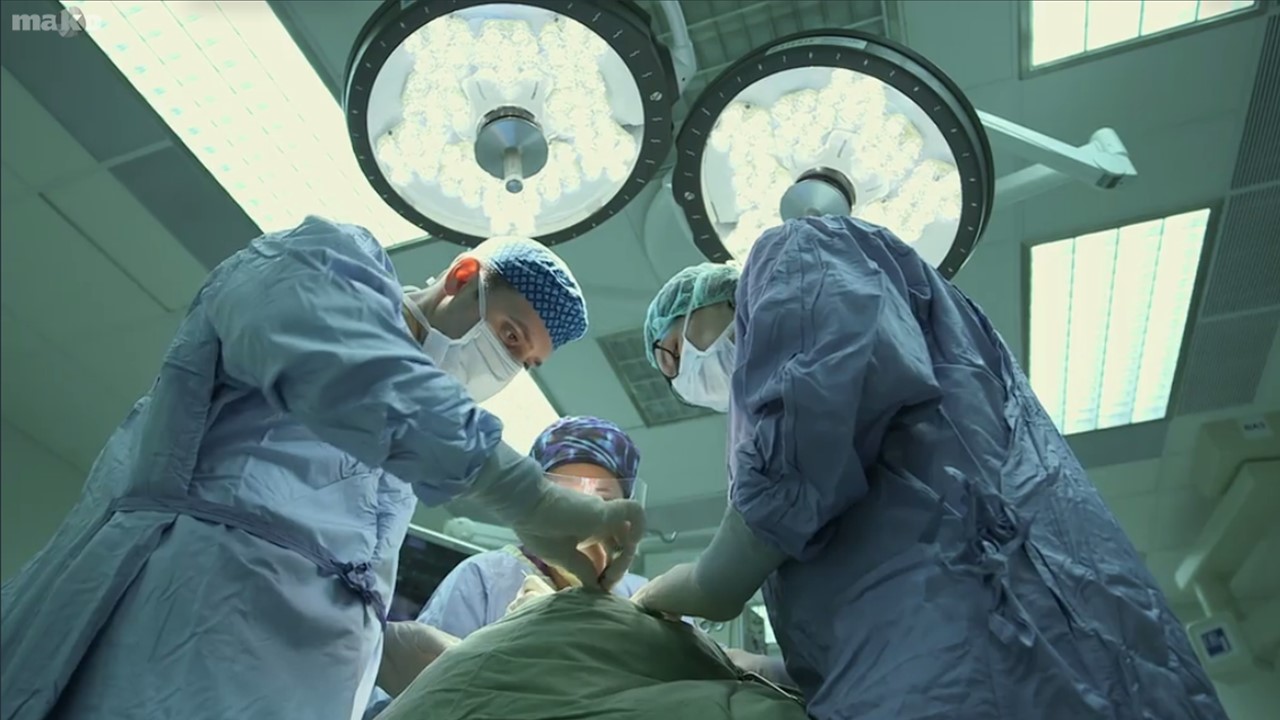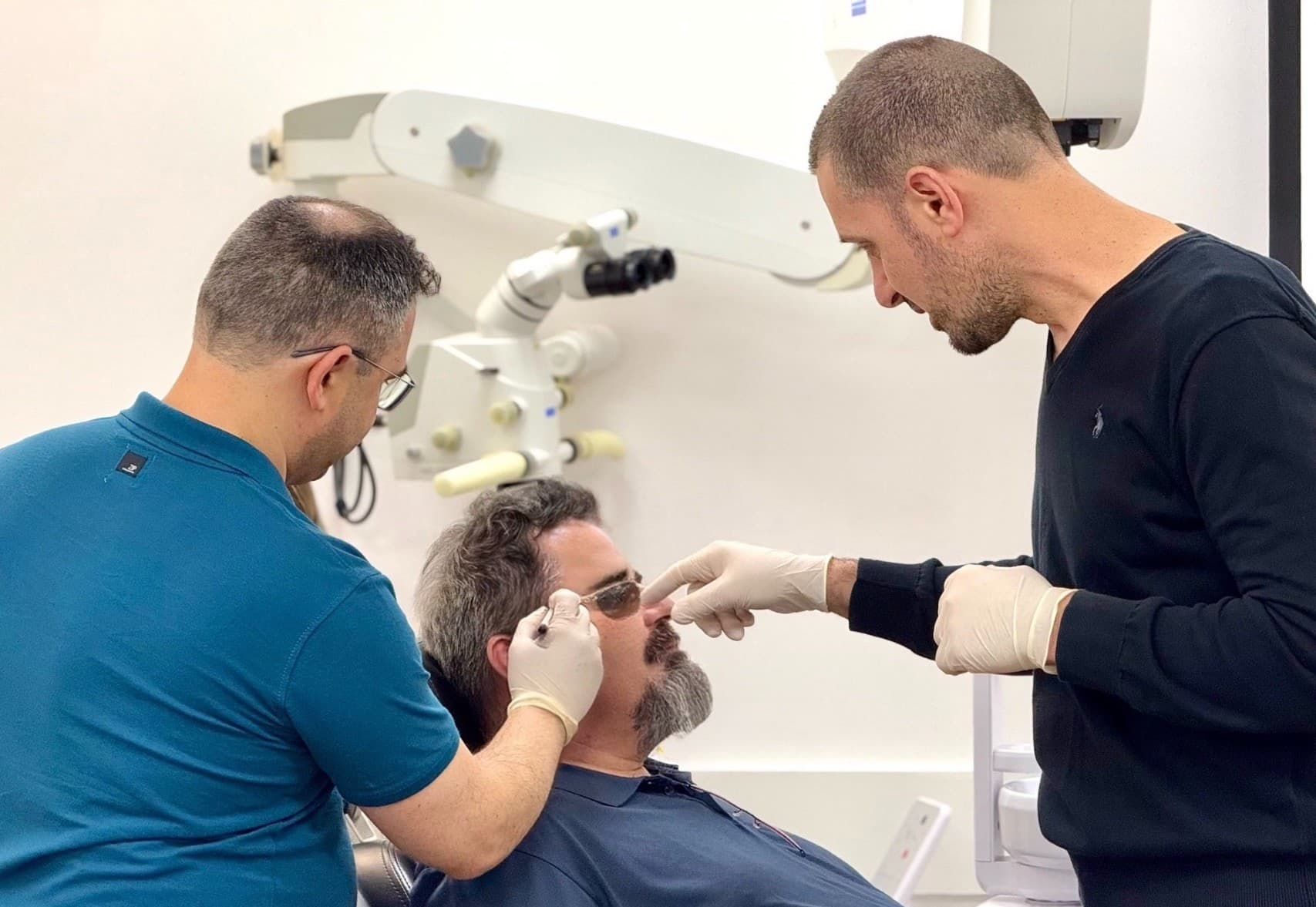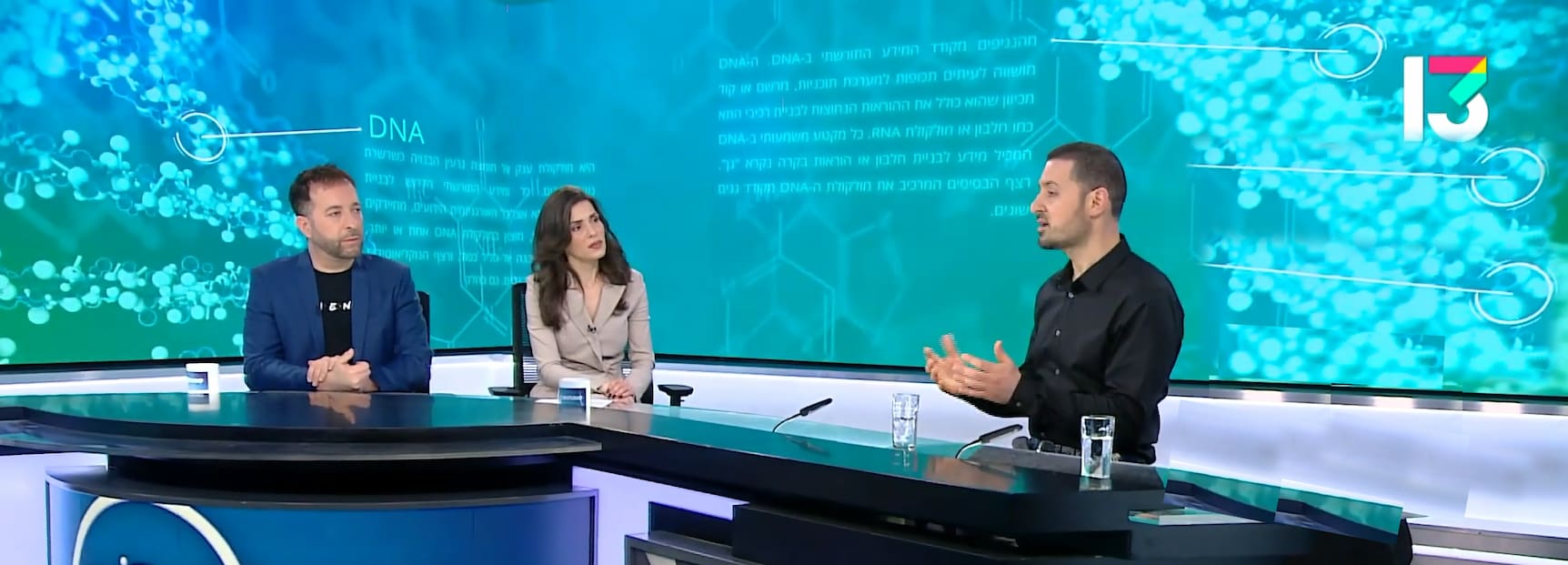
# Clicking of the jaw
The jaw joint, called the temporomandibular joint is where the lower jaw meets the skull base. A cartilaginous disc lies in the interface between the two bones and is held in place by ligaments attaching it to the bony structures. It moves in a synchronized manner together with the lower jaw and helps reduce the friction between the surfaces. If for any reason these ligaments weaken, stretch, or tear, a certain degree of "freedom" develops in the mobility of the disc, and it begins to "jump" out of place when opening and closing of the mouth, creating noises described as clicking or popping.
This condition is termed internal derangement, and it is easily diagnosed after taking patient history and performing a simple clinical examination. It is generally recommended to perform a panoramic x-ray of the jaws to eliminate other conditions.
There is currently no simple and effective treatment that can make the clicks disappear. A trial of occlusal splint therapy to decrease the intensity of the noise may be advocated, however, the success rate of the splint for this indication is low.
Successive injections of hyaluronic acid into the jaw joint in cases of particularly strong and painful clicks may be recommended. Hyaluronic acid is produced naturally by the cells that line the inner surface of the joint, and serves to cushion the interface and reduce the friction and forces between the opposing surfaces. In cases of inflammation or wear, the cells responsible for the production of the hyaluronic acid are damaged and thus the amount of hyaluronic acid decreases, which leads to increased friction and further damage. It is possible in a relatively simple operation to "wash" the jaw joint cavity and inject hyaluronic acid into it. The washing reduces the pain and the hyaluronic acid reduces the friction and softens the contact surfaces that come into contact with each other, which also reduces the noises during jaw movement.
